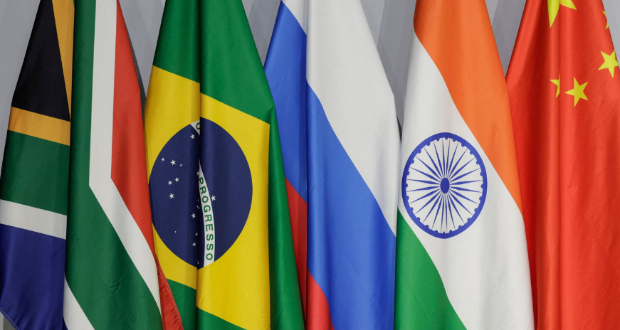The 15th BRICS Summit, convened in Johannesburg, South Africa, marked a pivotal moment for the grouping’s future. With the inclusion of Egypt, Ethiopia, Iran, Saudi Arabia, and the United Arab Emirates (UAE), the BRICS+ officially came into existence on 1 January 2024. Notably, more than 40 countries from the Global South had expressed their willingness to join, with at least 22 submitting formal applications. However, the acceptance of only the aforementioned five warrants closer examination to understand its implications for the grouping and how it benefits New Delhi’s foreign policy objectives.
What led to the BRICS expansion?
In recent years, New Delhi has strived to use multilateral institutions to strengthen its global standing. Be it pioneering the inclusion of the African Union during its G20 Presidency or accepting strategically chosen partner nations from West Asia and Africa into BRICS, this growing aspiration is evident in all its actions. New Delhi views BRICS for what it is today: a geoeconomic framework of emerging economies that swiftly captured the zeitgeist when they came together 15 years ago, but one that has made only modest progress in achieving its goal of renovating and reforming the global financial architecture. For example, over the last decade, the BRICS’ New Development Bank (NDB) has approved loans worth only US$ 33 billion, less than one-third of what the World Bank commits in a year. Even in terms of currency, many members wish to decouple their economies from the US dollar due to the apprehension associated with the Federal Reserve’s policy changes. Many seek alternatives to park their foreign exchange assets following Russia’s exclusion from the SWIFT payment system. However, neither China nor India possess a fully convertible currency, limiting the appeal of the RMB and the INR, respectively.




